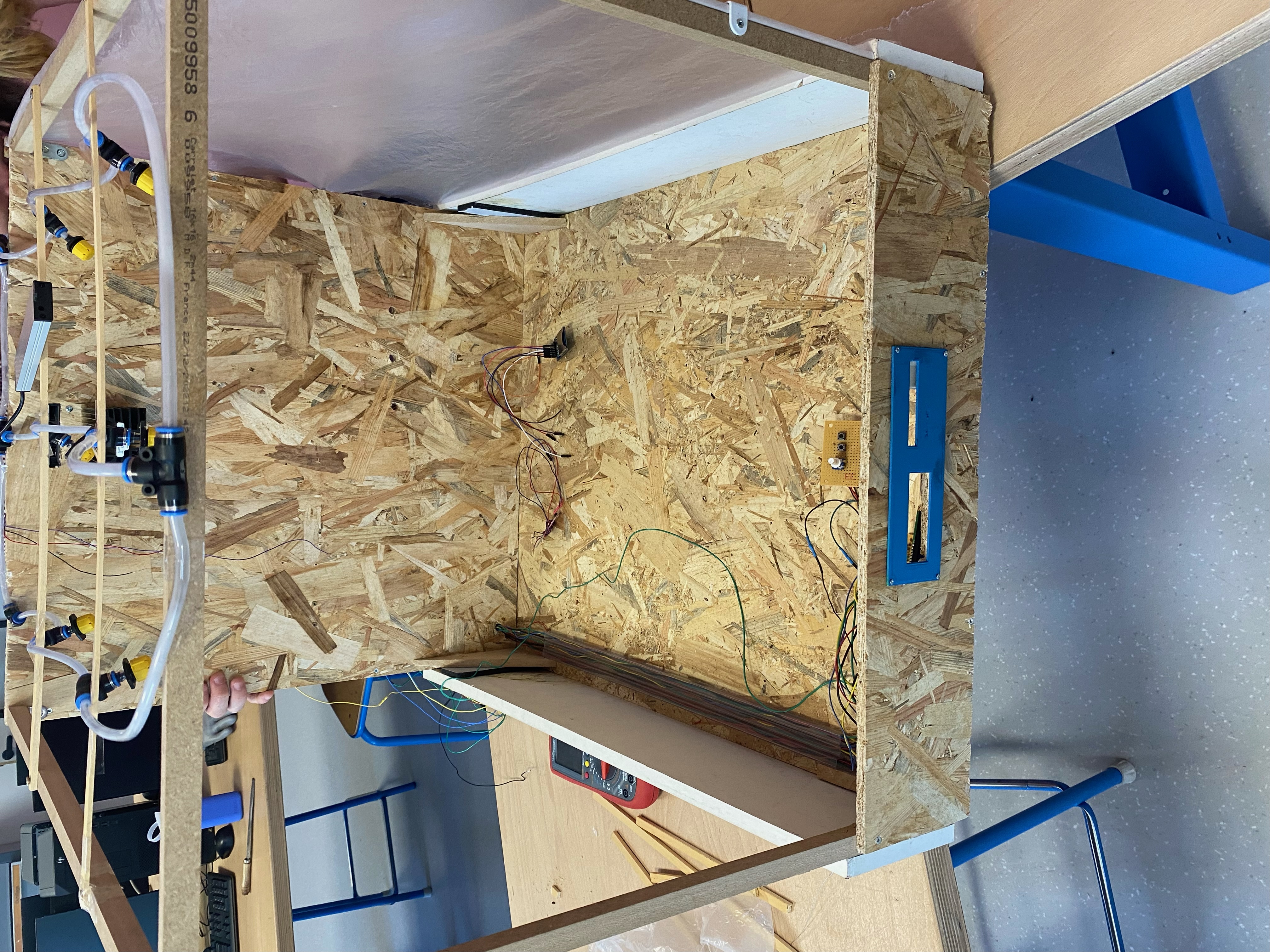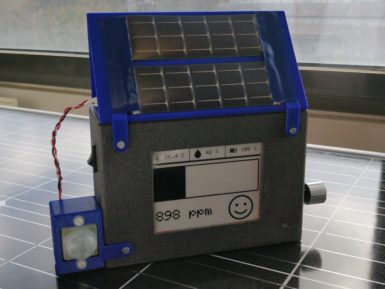
Overview
CircuitPet is a DIY virtual pet similar to Tamagotchi. This gadget teaches about RTC (real-time clocks), microcomputers and other electronic components, TFT LCD displays, embedded programming, video game mechanics, coding in C++.
Like any other pet, you can play with it, take care of it, love it and help it grow!
Unlike other pets, you can take a break from CircuitPet. But even a digital pet can break down if you leave it without love for too long. Don't let your duckie rust!
Check-in every once in a while to make sure it has everything it needs to be happy.
No prior knowledge needed.
6 Pre–loaded Mini–games
- Collect XP with fun minigames
- Keep your pet happy
- Keep the rust away
- Level up your character
Tech specs
In the box, you will get:
- Main circuit board
- Acrylic casing
- Anyard
- Pushbuttons
- Metal bolts
- Brass spacers
- Black buttoncaps
- RGB LED
- Piezzo buzzer
- Li-Po Battery
- Female pin header
- Male pin header
- Display board
Get Inspired

Just a simple and enjoyable autonomous greenhouse

Humans are animals and like all animals, we evolved in mostly outdoor conditions where the air is nice and fresh. But modern society keeps most of us indoors the vast majority of the time, which could have negative health effects. There are many potential hazards, including a lack of sunlight and psychological effects, but CO2 may pose a more tangible risk. To keep tabs on that risk within classrooms, a team from Polytech Sorbonne built this small CO2 monitor. This CO2 monitor performs two functions: it shows anyone nearby the CO2 levels in the area and it uploads that data over LoRaWAN to a central hub that can track the levels across many locations. A school could, for example, put one of these CO2 monitors in every classroom. An administrator could then see the CO2 levels in every room in real time, along with historical records. That would alert them to immediate dangers and to long term trends. At the heart of this CO2 monitor is an Arduino MKR WAN 1310 development board, which has built-in LoRa® connectivity. It uses a Seeed Studio Grove CO2, temperature, and humidity sensor to monitor local conditions. To keep power consumption to a minimum, the data displays on an e-ink screen and an Adafruit TPL5110 timer only wakes the device up every ten minutes for an update. Power comes from a lithium-ion battery pack, with a DFRobot solar charger topping up the juice. It uploads data through The Things Network to a PlatformIO web interface. An Edge Impulse machine learning model detects anomalies, so it can sound a warning even if nobody is watching. The enclosure is 3D-printable.











